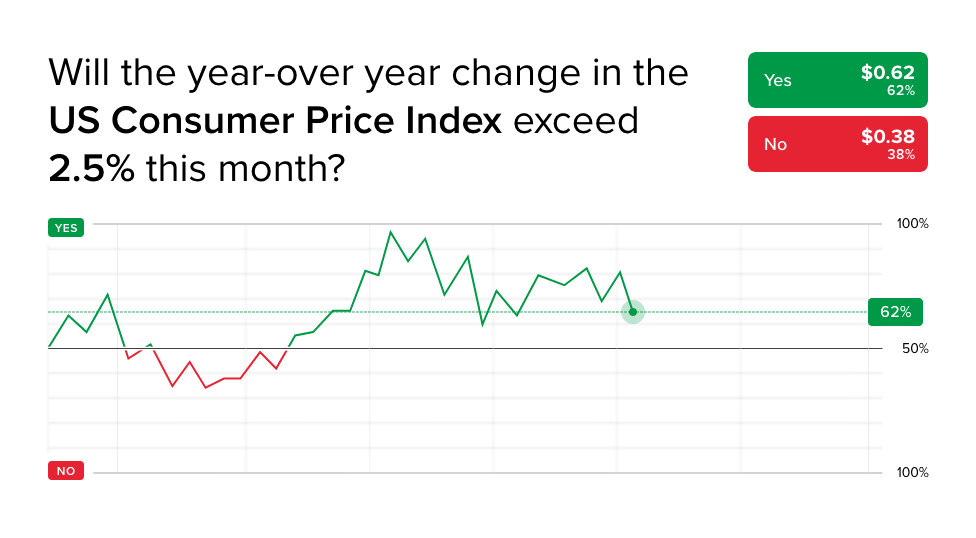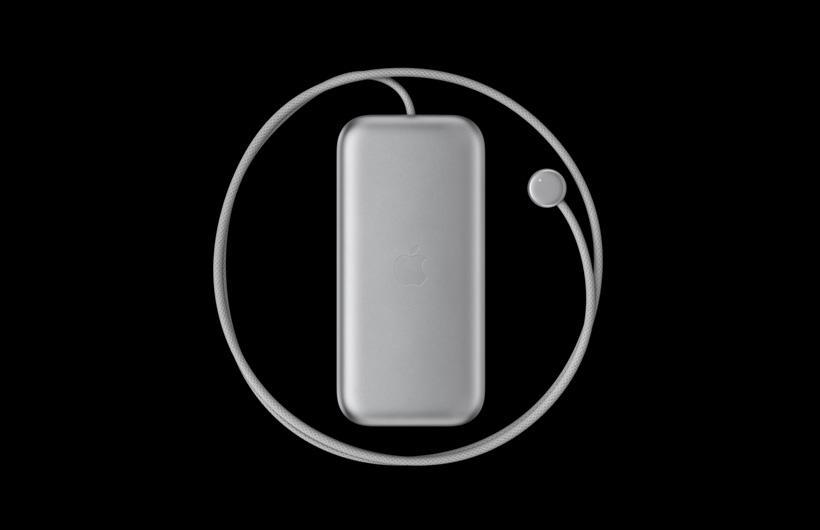You are here:Norfin Offshore Shipyard > news
How to Brute Force One Bitcoin Wallet: A Comprehensive Guide
Norfin Offshore Shipyard2024-09-21 07:58:24【news】1people have watched
Introductioncrypto,coin,price,block,usd,today trading view,In the world of cryptocurrencies, Bitcoin holds a significant position as the first and most popular airdrop,dex,cex,markets,trade value chart,buy,In the world of cryptocurrencies, Bitcoin holds a significant position as the first and most popular
In the world of cryptocurrencies, Bitcoin holds a significant position as the first and most popular digital currency. With its increasing value and widespread adoption, Bitcoin has become a prime target for cybercriminals. One of the methods used by these individuals is brute force attacks on Bitcoin wallets. In this article, we will discuss how to brute force one Bitcoin wallet, the risks involved, and the best practices to protect your wallet from such attacks.
What is Brute Force Attack?
A brute force attack is a trial-and-error method used to crack passwords, encryption keys, or any other data that requires a code or key to unlock. The attacker systematically tries every possible combination of characters until the correct one is found. This method can be time-consuming and resource-intensive, but it is effective if the password or key is weak.
How to Brute Force One Bitcoin Wallet
1. Choose a Bitcoin wallet: The first step is to select a Bitcoin wallet that you want to brute force. There are various types of Bitcoin wallets, including hardware wallets, software wallets, and web wallets. Hardware wallets are the most secure, while web wallets are the most convenient. For this guide, we will focus on a software wallet.
2. Identify the wallet's password: Once you have chosen a Bitcoin wallet, you need to identify its password. This can be done by downloading the wallet and attempting to access it with different passwords until you find the correct one.
3. Use a brute force tool: To speed up the process, you can use a brute force tool. There are various tools available, such as John the Ripper, Hashcat, and Aircrack-ng. These tools can try millions of combinations per second, making the process much faster.
4. Configure the brute force tool: Configure the brute force tool to target the Bitcoin wallet's password. You will need to provide the tool with the wallet's password hash, which can be obtained by downloading the wallet and extracting the password hash from the wallet file.
5. Run the brute force attack: Once the tool is configured, run the brute force attack. The tool will start trying different combinations of characters until it finds the correct password.

Risks Involved in Brute Force Attacks
Brute force attacks on Bitcoin wallets can have severe consequences. Here are some of the risks involved:
1. Loss of funds: If an attacker successfully brute forces a Bitcoin wallet's password, they can gain access to the wallet and steal the funds.
2. Legal repercussions: Engaging in brute force attacks is illegal in many countries. If caught, you could face fines or imprisonment.
3. Damage to reputation: If you are caught attempting to brute force a Bitcoin wallet, it could damage your reputation and credibility in the cryptocurrency community.
Best Practices to Protect Your Bitcoin Wallet

To protect your Bitcoin wallet from brute force attacks, follow these best practices:
1. Use a strong password: Create a strong, unique password for your Bitcoin wallet. Avoid using common words, phrases, or patterns.
2. Enable two-factor authentication: Two-factor authentication adds an extra layer of security to your wallet, making it more difficult for attackers to gain access.

3. Keep your wallet software updated: Regularly update your wallet software to ensure that you have the latest security patches and features.
4. Use a hardware wallet: Hardware wallets are the most secure option for storing Bitcoin. They store your private keys offline, making them immune to brute force attacks.
In conclusion, brute force attacks on Bitcoin wallets are a significant threat to the security of your digital assets. By understanding how to brute force one Bitcoin wallet and the risks involved, you can take the necessary steps to protect your wallet and keep your funds safe. Always use strong passwords, enable two-factor authentication, and consider using a hardware wallet to ensure the security of your Bitcoin wallet.
This article address:https://www.norfinoffshoreshipyard.com/btc/06e7399920.html
Like!(64)
Related Posts
- Does Ethereum Price Depend on Bitcoin?
- Bitcoin Cash Has Swapped to eCash: A New Era for Cryptocurrency
- Is Coinbase Going to Support Bitcoin Cash Air Drop?
- Are There Any Bitcoin Mining Companies in Canada?
- Bitcoin Cash Value at Inception Date: A Look Back at Its Initial Price and Its Evolution
- Bitcoin Cash Tokenization Contest: A Game-Changing Event for the Cryptocurrency World
- Crypto.com Transfer Fees to Binance: A Comprehensive Comparison
- How to Deposit Cash on Binance App: A Step-by-Step Guide
- ### The Rise and Impact of ارز دیجیتال Bitcoin Cash
- How to Transfer Bitcoin to Cash in Cash App
Popular
Recent

Bitcoin Mining in Egypt: A Growing Industry with Challenges and Opportunities

How to Transfer XRP from Binance to Coinbase: A Step-by-Step Guide

Mobile or Desktop Bitcoin Wallet: The Ultimate Guide to Securely Managing Your Cryptocurrency

Are There Any Bitcoin Mining Companies in Canada?

Bitcoin Mining Free Online: A Guide to Get Started

Bitcoin Gold Price Prediction Coin: A Comprehensive Analysis

Should You Start Mining Bitcoin?

Bitcoin Price: The Current Status and Future Prospects
links
- How to Sell Crypto for USD on Binance: A Step-by-Step Guide
- What Can I Use Bitcoins For?
- Disadvantages of Bitcoin Cash: A Closer Look at the Controversial Cryptocurrency
- How to Trade In and Out of Binance: A Comprehensive Guide
- ### Ciinbase Bitcoin Cash: A Comprehensive Guide to Trading and Investing
- Bitcoin Price History: A Journey Through Time
- **Exploring the Potential of Callisto Coin on Binance: A New Era in Cryptocurrency Trading
- How to Buy Tron on Binance: A Step-by-Step Guide
- Bitcoin Price Can Reach 1 Million: A Closer Look at the Potential and Challenges
- Bitcoin Price Can Reach 1 Million: A Closer Look at the Potential and Challenges